Feather plucking is one of the most distressing behaviors that pet bird owners may encounter. This self-destructive habit involves birds pulling out, chewing, or breaking their own feathers, sometimes to the point of creating bald patches or even causing skin damage. What makes this behavior particularly concerning is that once established, it can be extremely difficult to reverse. Like many compulsive behaviors in animals, feather plucking typically stems from underlying physical or psychological issues that require thoughtful intervention. The good news is that with proper understanding of the causes and implementation of preventative strategies, many cases can be avoided entirely. This comprehensive guide explores the most effective approaches to prevent feather plucking before it begins, and addresses intervention strategies for birds already displaying this troubling behavior.
Understanding the Root Causes of Feather Plucking

Before implementing prevention strategies, it’s crucial to understand why birds resort to feather plucking in the first place. Medical issues such as skin infections, parasites, allergies, and nutritional deficiencies can create physical discomfort that leads birds to pick at their feathers. Psychological factors including boredom, stress, anxiety, and loneliness are equally significant contributors, especially in highly intelligent species like African Greys and Cockatoos. Environmental irritants such as cigarette smoke, aerosol sprays, or cleaning products can also trigger this behavior by causing respiratory distress or skin irritation. Birds may also develop this habit due to hormonal fluctuations, particularly during breeding seasons when their bodies undergo significant changes. Understanding these potential triggers is the first step in developing an effective prevention plan tailored to your specific bird’s needs.
Creating an Optimal Environment

A bird’s immediate surroundings significantly impact its physical and psychological well-being. The cage should be appropriately sized—large enough for the bird to fully extend its wings and move freely in all directions, with adequate space between bars to prevent injuries. Placement matters tremendously; avoid locations with drafts, direct sunlight, or proximity to kitchen fumes, as these environmental stressors can trigger plucking behaviors. Maintain appropriate temperature (generally between 65-85°F depending on species) and humidity levels (usually 40-70%), as extreme conditions can cause skin discomfort.
The lighting schedule should mimic natural daylight patterns, with 10-12 hours of darkness to ensure proper rest cycles. Finally, ensure the environment has adequate ventilation without being drafty, as poor air quality can lead to respiratory issues that may manifest as feather picking.
Nutritional Excellence as Prevention
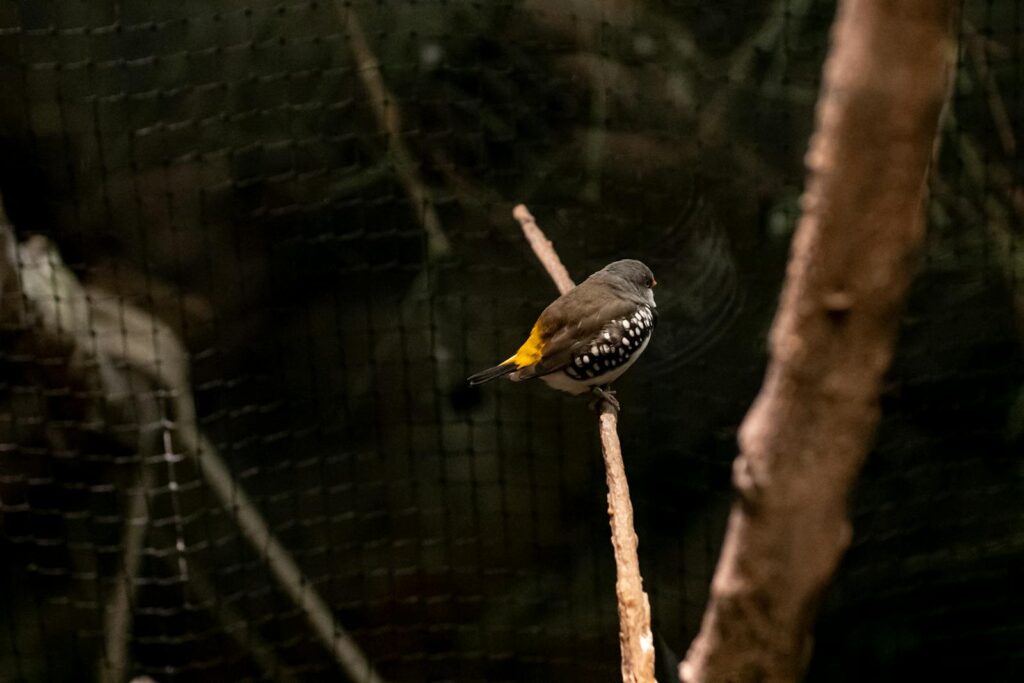
Poor nutrition is one of the leading causes of feather plucking that often goes unrecognized. A diet consisting primarily of seeds is severely deficient in essential nutrients birds need for healthy feather growth and maintenance. Instead, provide a balanced diet centered around high-quality pellets (70-80% of intake), supplemented with fresh vegetables, limited fruits, and occasional nuts or seeds as treats. Certain nutrients are particularly important for feather health, including vitamin A, vitamin E, B vitamins, calcium, and protein. For many species, adding omega-3 fatty acids through sources like flaxseed can significantly improve feather quality and reduce inflammation that might trigger picking. Always introduce dietary changes gradually over several weeks to avoid stress or digestive upset, which could ironically trigger the very behavior you’re trying to prevent.
Mental Stimulation and Enrichment

Birds, especially parrots, possess intelligence comparable to that of toddlers and require significant mental stimulation to prevent destructive behaviors. Provide a variety of toys that encourage different types of play—foraging toys that hide treats, puzzle toys that require problem-solving, destructible toys for chewing, and noise-making toys for auditory stimulation. Rotate toys regularly (every few days) to maintain novelty and interest, rather than overwhelming the cage with too many options at once. Teaching new tricks or commands through positive reinforcement not only provides mental challenge but also strengthens the bond between bird and owner.
Consider implementing foraging opportunities that mimic natural behaviors—hiding food around the cage or in specialized toys—as this occupies significant time and mental energy that might otherwise be directed toward feather picking.
Social Interaction and Companionship
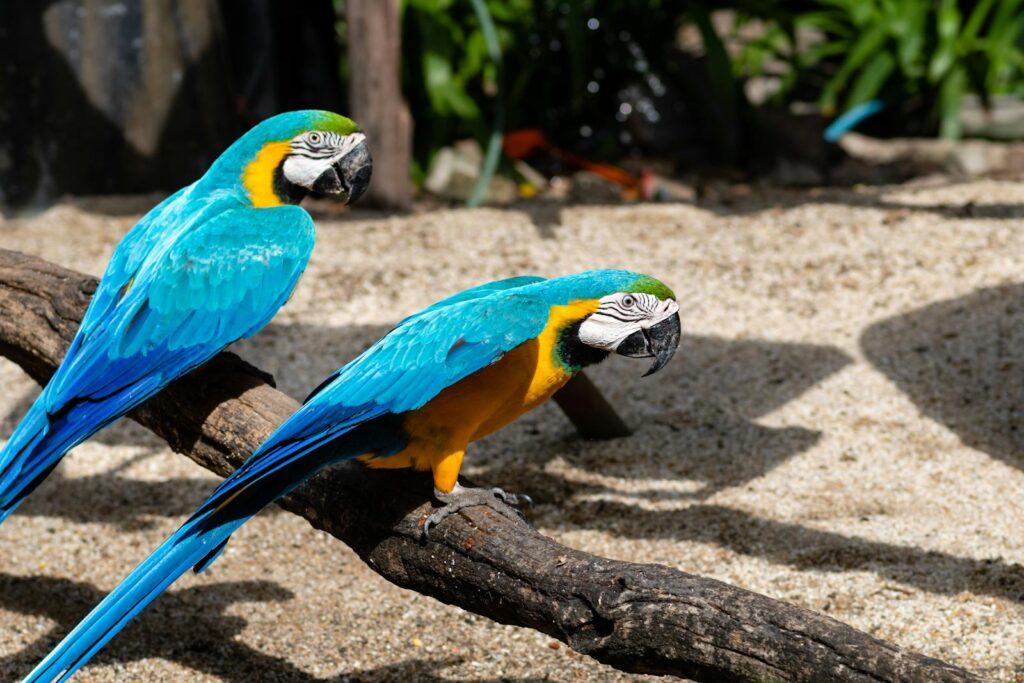
Birds are inherently social creatures that typically live in flocks in the wild, making social interaction a fundamental need for their psychological well-being. For most pet birds, their human family becomes their adopted flock, making daily interaction crucial for preventing isolation-driven plucking. Aim for at least 2-3 hours of direct interaction daily, spread throughout the day rather than all at once. This should include talking to your bird, handling (if appropriate for your species), training sessions, and supervised out-of-cage time.
For birds left alone during work hours, consider whether a compatible avian companion might be beneficial, though this decision requires careful consideration of species compatibility, space requirements, and introduction protocols. Some owners find that leaving a radio or television on provides comforting background noise during alone time, though this should never substitute for real interaction.
Establishing Consistent Routines
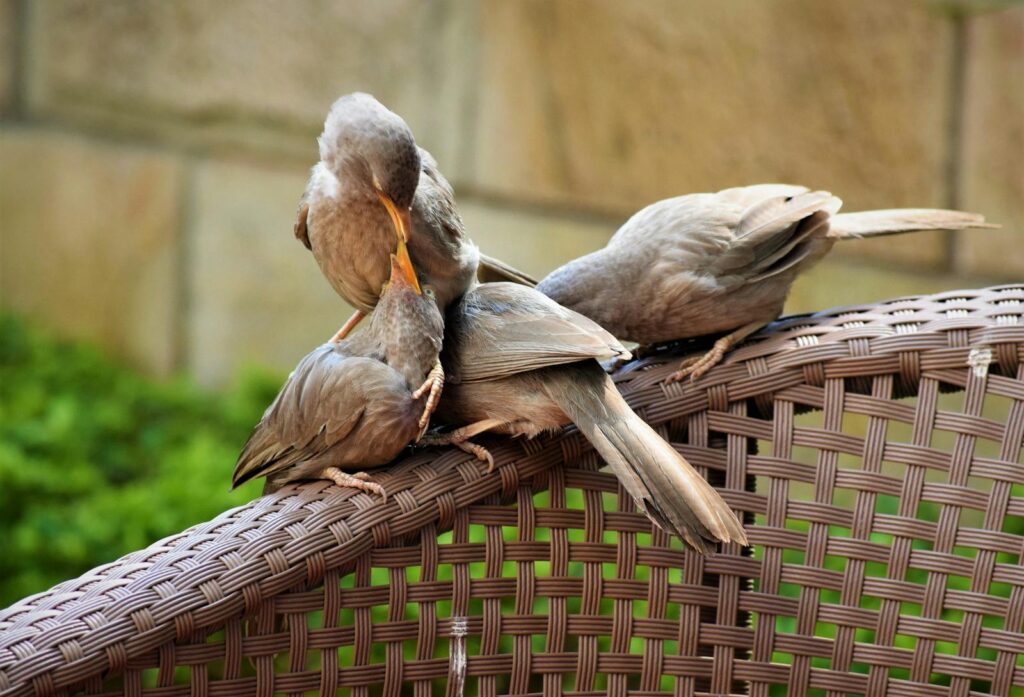
Birds thrive on predictability, and disruptions to their routine can trigger stress-related plucking behaviors. Establish consistent daily schedules for feeding, cage cleaning, social interaction, and sleep to provide security and reduce anxiety. Morning and evening routines are particularly important, as these frame the day for your bird and signal transitions between activity and rest periods. When significant changes to routine are necessary (such as during holidays or when moving house), implement them gradually whenever possible, maintaining as many familiar elements as you can.
During unavoidable disruptions, provide extra enrichment and attention to help your bird cope with the change. Be particularly mindful of seasonal changes that affect daylight hours, as these can impact your bird’s hormonal balance and potentially trigger plucking if sleep schedules are suddenly altered.
Regular Health Monitoring and Veterinary Care
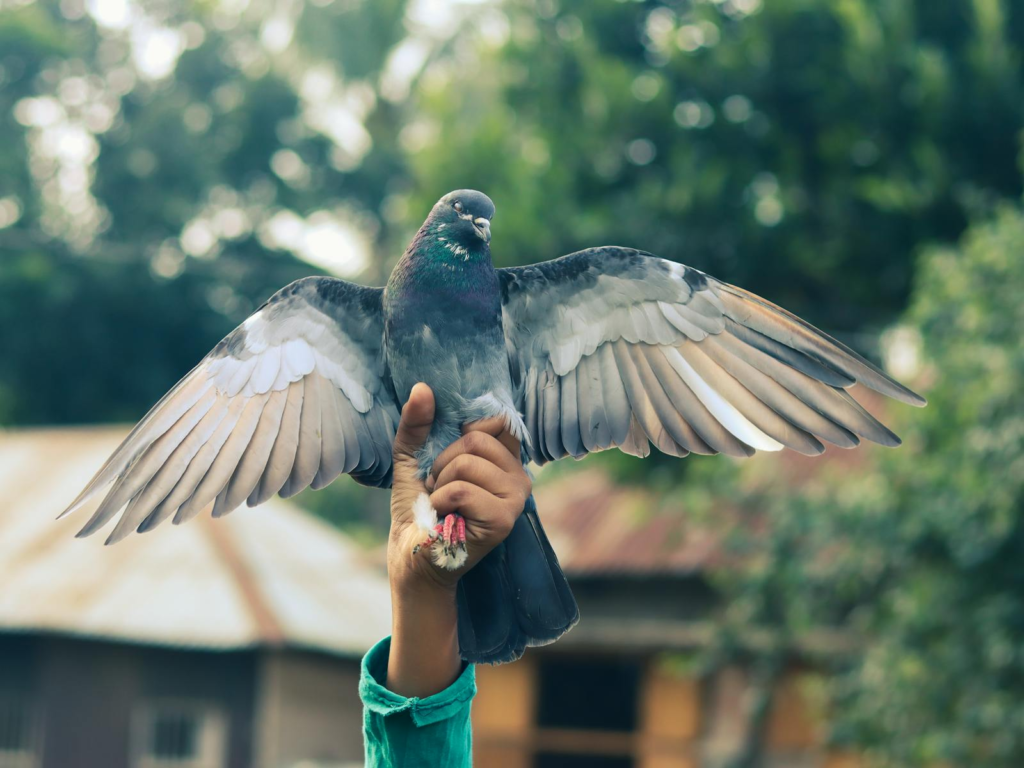
Preventative healthcare is essential in avoiding medical conditions that might lead to feather plucking. Schedule annual wellness exams with an avian veterinarian, even when your bird appears healthy, as birds instinctively hide symptoms of illness until conditions are advanced. Monitor your bird’s weight regularly (ideally weekly) using a gram scale, as subtle weight changes can be early indicators of health issues. Observe droppings daily for changes in color, consistency, or frequency, which can signal digestive or systemic problems. Learn your bird’s normal behavior patterns so you can quickly detect subtle changes like decreased activity, altered vocalization, or changes in food and water consumption. When introducing new birds to the household, maintain strict quarantine procedures (separate room, separate air handling if possible) for at least 30 days to prevent potential disease transmission.
Proper Grooming and Bathing Opportunities

Healthy feathers require regular maintenance through natural preening behaviors, which can be supported through appropriate bathing opportunities. Different bird species have different bathing preferences—some enjoy shower misting, others prefer shallow dishes for splashing, while some may appreciate gentle rain-like spray bottles. Provide these options 2-3 times weekly to maintain proper feather condition and encourage natural preening rather than destructive plucking.
Appropriate humidity levels (40-70% depending on species) support healthy skin and facilitate the normal molting process. During natural molting periods, provide additional protein sources and ensure minimal stress, as this is a vulnerable time when birds may be more prone to develop picking habits. Never force bathing on reluctant birds, as this creates stress; instead, gradually introduce different options to discover your bird’s preference.
Managing Hormonal Influences
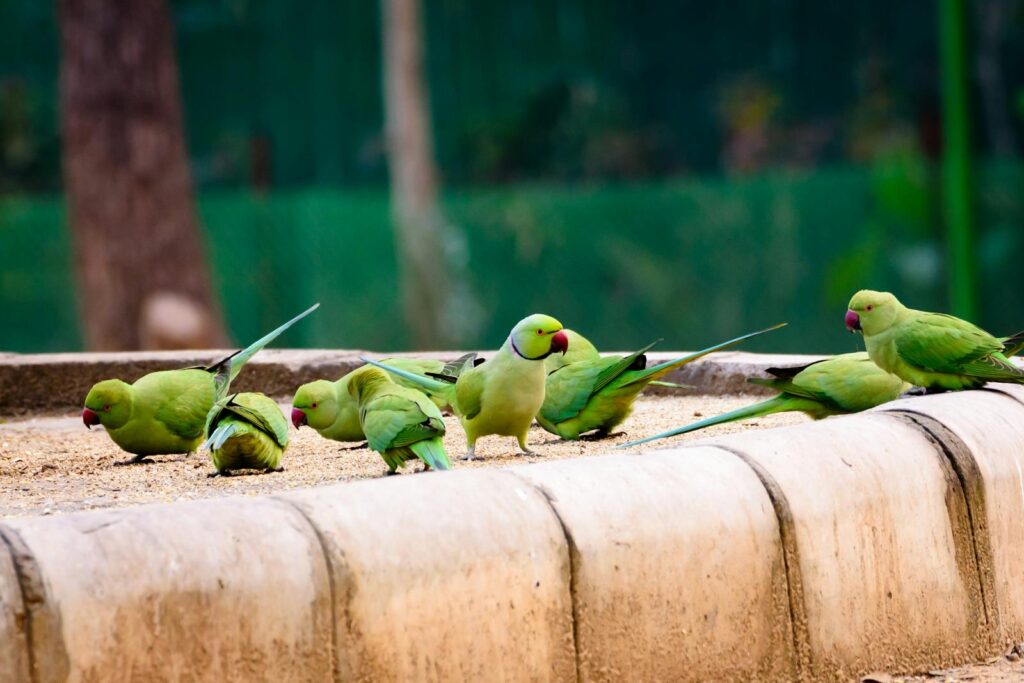
Hormonal fluctuations, particularly during breeding seasons, can trigger or exacerbate feather plucking behaviors. To minimize hormonal triggers, maintain consistent 10-12 hour darkness periods to prevent reproductive cycling stimulated by longer daylight hours. Remove potential nesting materials from the cage, including paper products that might be shredded for nesting, and avoid petting your bird on the back, wings, or under the tail, as these can be interpreted as mating behaviors in many species.
Rearrange cage items periodically to discourage territorial or nesting behaviors that arise from too much environmental stability. For persistent hormonal issues, consult your avian veterinarian about potential interventions, including hormonal medications that might be appropriate in severe cases where other management strategies have proven insufficient.
Addressing Potential Allergies and Sensitivities
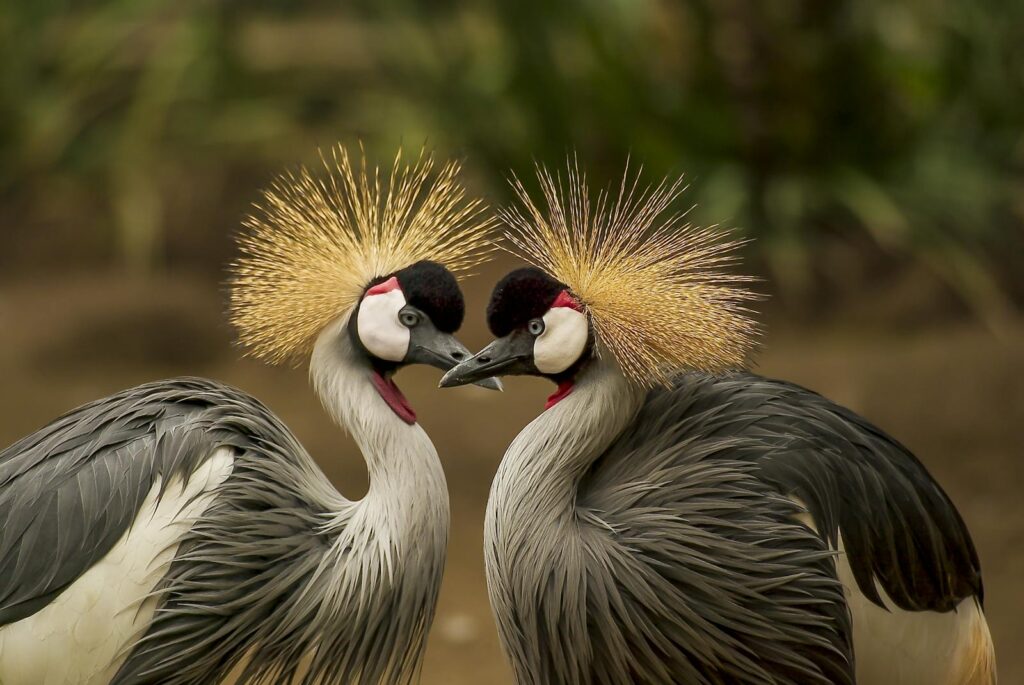
Birds have highly sensitive respiratory systems that can react to environmental irritants humans might not even notice. Eliminate potential allergens from your home, including cigarette smoke, scented candles, essential oil diffusers, air fresheners, and aerosol products of any kind. Use bird-safe cleaning products around the home, especially near the cage area, avoiding ammonia-based cleaners, bleach, or products with strong fumes. Consider using air purifiers with HEPA filters in rooms where birds spend time to reduce airborne particles.
Monitor for seasonal allergies, which can affect birds just as they affect humans, particularly if your bird has outdoor exposure through open windows. Any changes in behavior, respiratory sounds, or the onset of feather picking after introducing new household items should trigger an immediate investigation of potential allergic reactions.
Stress Reduction Techniques
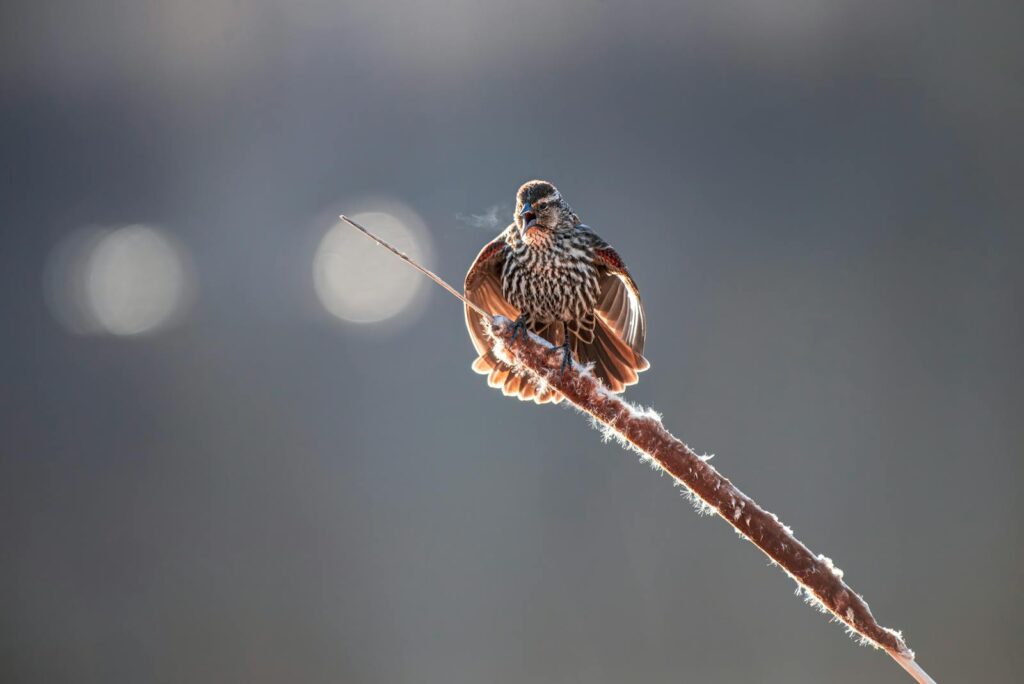
Stress is a major contributor to feather plucking that requires specific management strategies. Create a safe zone in your home where the bird’s cage is positioned away from startling noises, household traffic, and potentially frightening stimuli like ceiling fans or loud appliances. During necessarily stressful events (visitors, home repairs, holidays), consider temporarily relocating the cage to a quieter room and maintaining as much of the normal routine as possible. Provide security-enhancing features like partial cage covers or visual barriers on one or two sides of the cage to create a sense of protection without complete isolation.
For highly anxious birds, calming background sounds like gentle nature recordings or quiet classical music can help mask startling household noises. Some birds benefit from specialized calming products developed for avian use, though these should only be used under veterinary guidance.
Behavioral Intervention and Training
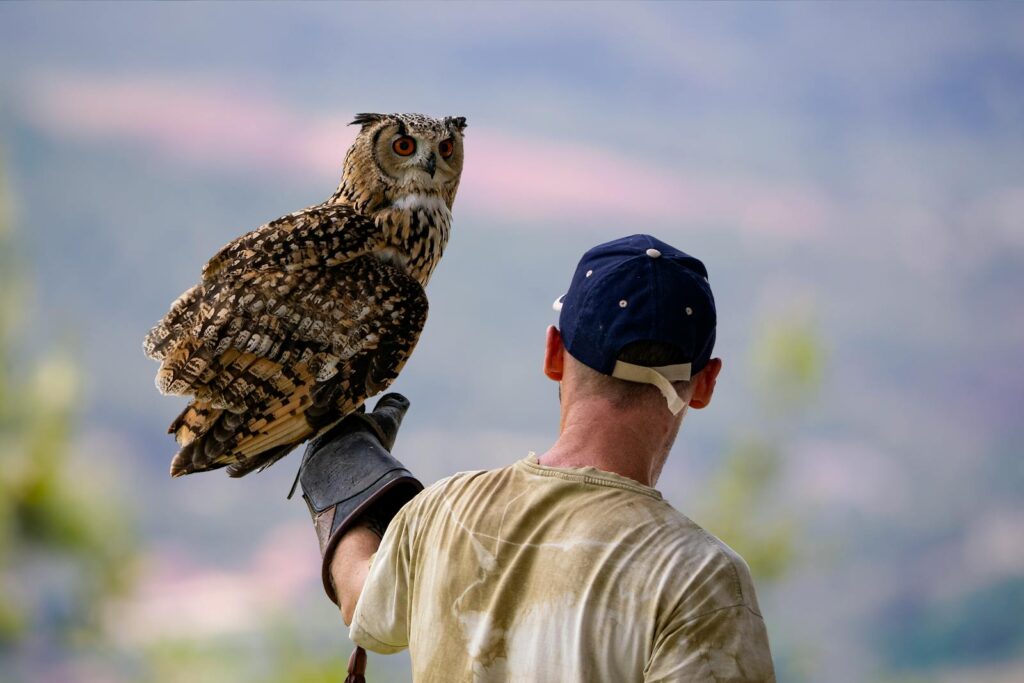
Positive reinforcement training provides mental stimulation while also building trust and potentially redirecting plucking behaviors before they become habitual. Target training, where birds learn to touch a stick with their beak for a reward, provides a foundation for more complex behaviors and creates positive interaction opportunities. Clicker training can be particularly effective with birds, creating clear communication about desired behaviors that can help reduce frustration and anxiety. For birds showing early signs of feather interest, immediately redirect attention to appropriate toys or activities, reinforcing this alternative behavior with treats or attention.
Never punish plucking behaviors, as negative interactions increase stress and may strengthen the unwanted behavior. For established plucking patterns, consult with an avian behaviorist who can develop a specialized intervention plan based on your specific bird’s triggers and patterns.
When to Seek Professional Help
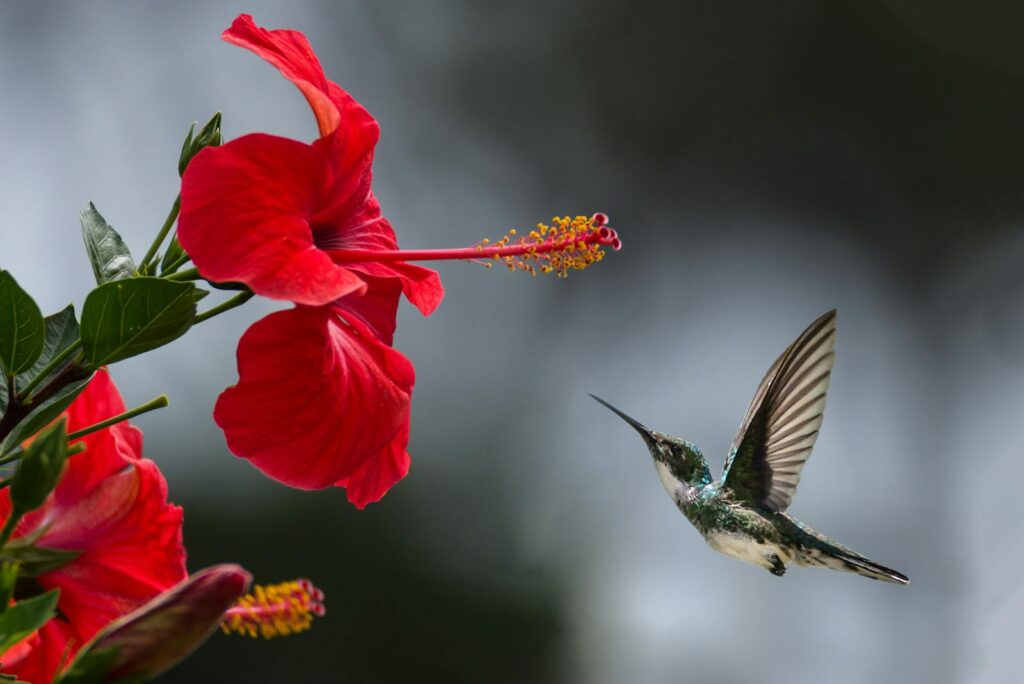
Knowing when to involve professionals is crucial in addressing feather plucking effectively. If your bird suddenly begins plucking, seek immediate veterinary attention, as acute onset often indicates a medical problem requiring prompt intervention. Persistent picking despite implementing preventative measures warrants a comprehensive veterinary examination, including blood work, crop swabs, and potentially skin biopsies to rule out underlying medical causes. When medical issues have been addressed but plucking continues, consult an avian behaviorist who specializes in behavior modification techniques for birds.
In severe cases where self-injury occurs, physical barriers like collars or vests may be temporarily necessary under veterinary supervision, though these address symptoms rather than causes. Remember that the longer a plucking behavior persists, the more difficult it becomes to resolve, making early professional intervention particularly important.
Success Stories and Long-Term Management

Many birds have overcome feather plucking through comprehensive management approaches maintained consistently over time. Success typically requires patience and realistic expectations—feathers may take months to fully regrow, and some birds may always have vulnerable periods requiring extra vigilance. Even after resolution, maintain the preventative practices that helped address the problem initially, as plucking can easily recur if triggers reemerge. Document specific triggers and effective interventions for your individual bird, creating a personalized prevention plan that can be referenced during vulnerable periods.
Join support communities of other bird owners who have navigated similar challenges, as these networks provide both emotional support and practical suggestions based on real-world experience. Remember that while complete resolution is the goal, significant improvement in quality of life and reduction in plucking frequency also represent meaningful success.
Conclusion
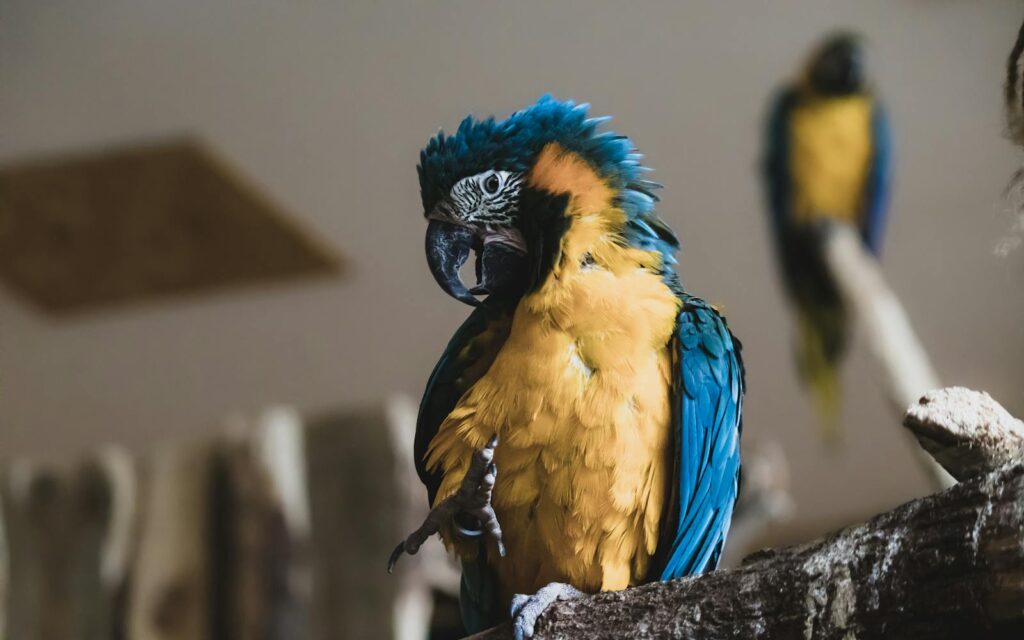
Preventing feather plucking requires a holistic approach that addresses physical health, psychological well-being, and environmental factors simultaneously. The most successful prevention strategies are proactive rather than reactive, implemented before destructive behaviors develop or become habitual. By understanding your bird’s specific needs for nutrition, stimulation, social interaction, and environmental stability, you can create conditions that promote natural, healthy behaviors. Remember that each bird is an individual with unique sensitivities and preferences, requiring personalized approaches to prevention. When problems do arise, early intervention significantly improves outcomes. With dedication to these preventative strategies, most birds can maintain beautiful plumage and enjoy physically and emotionally healthy lives as beloved companions.

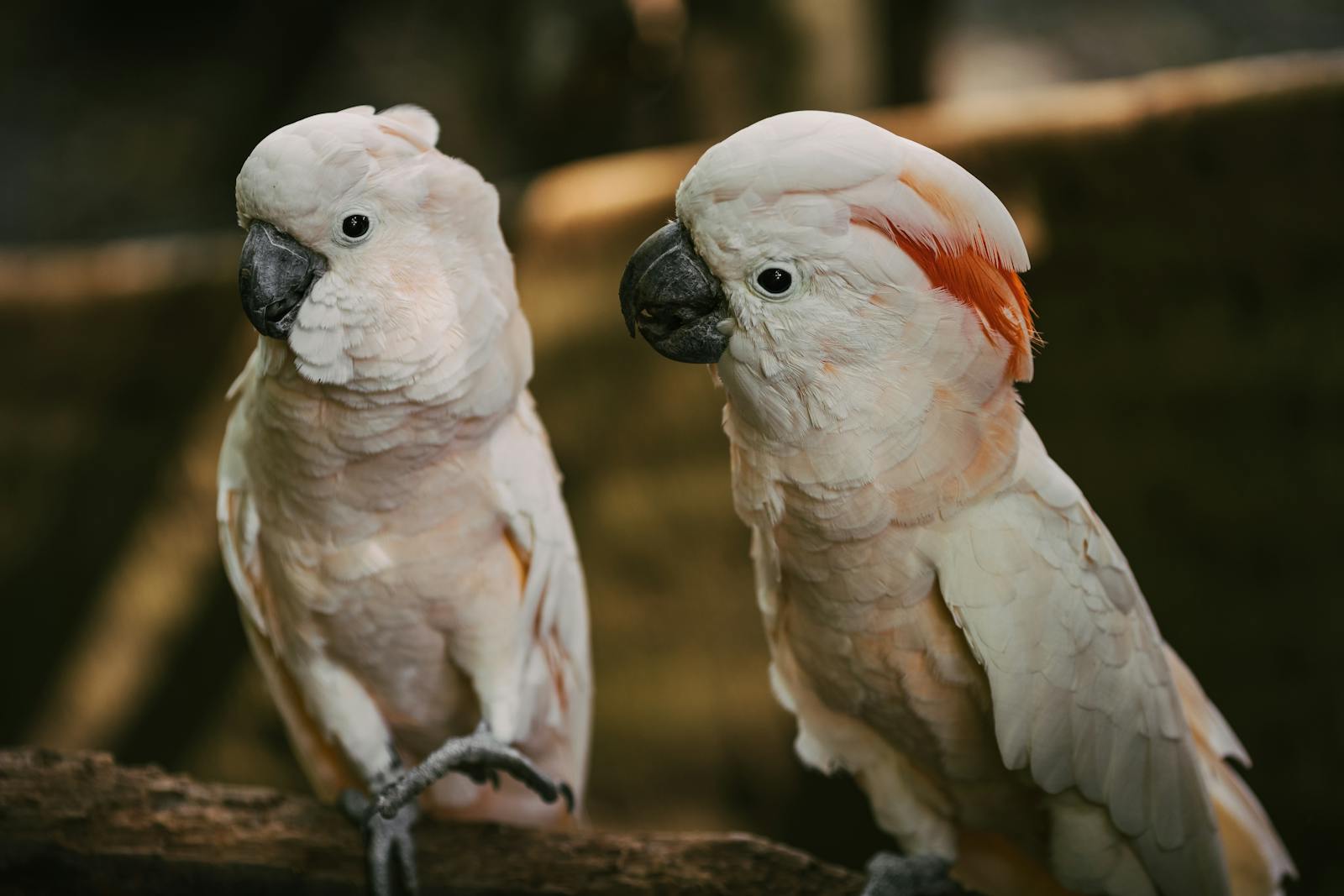

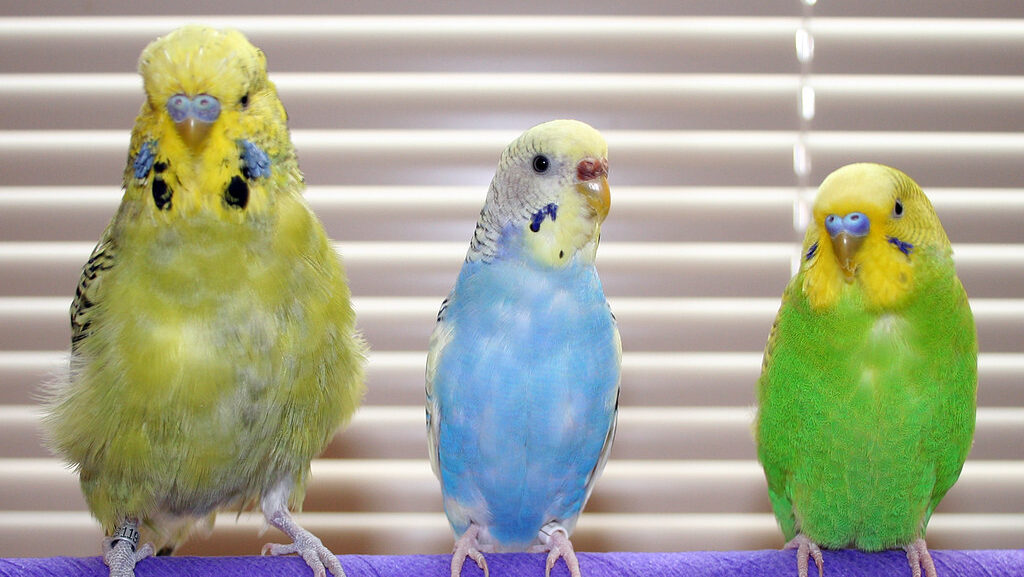

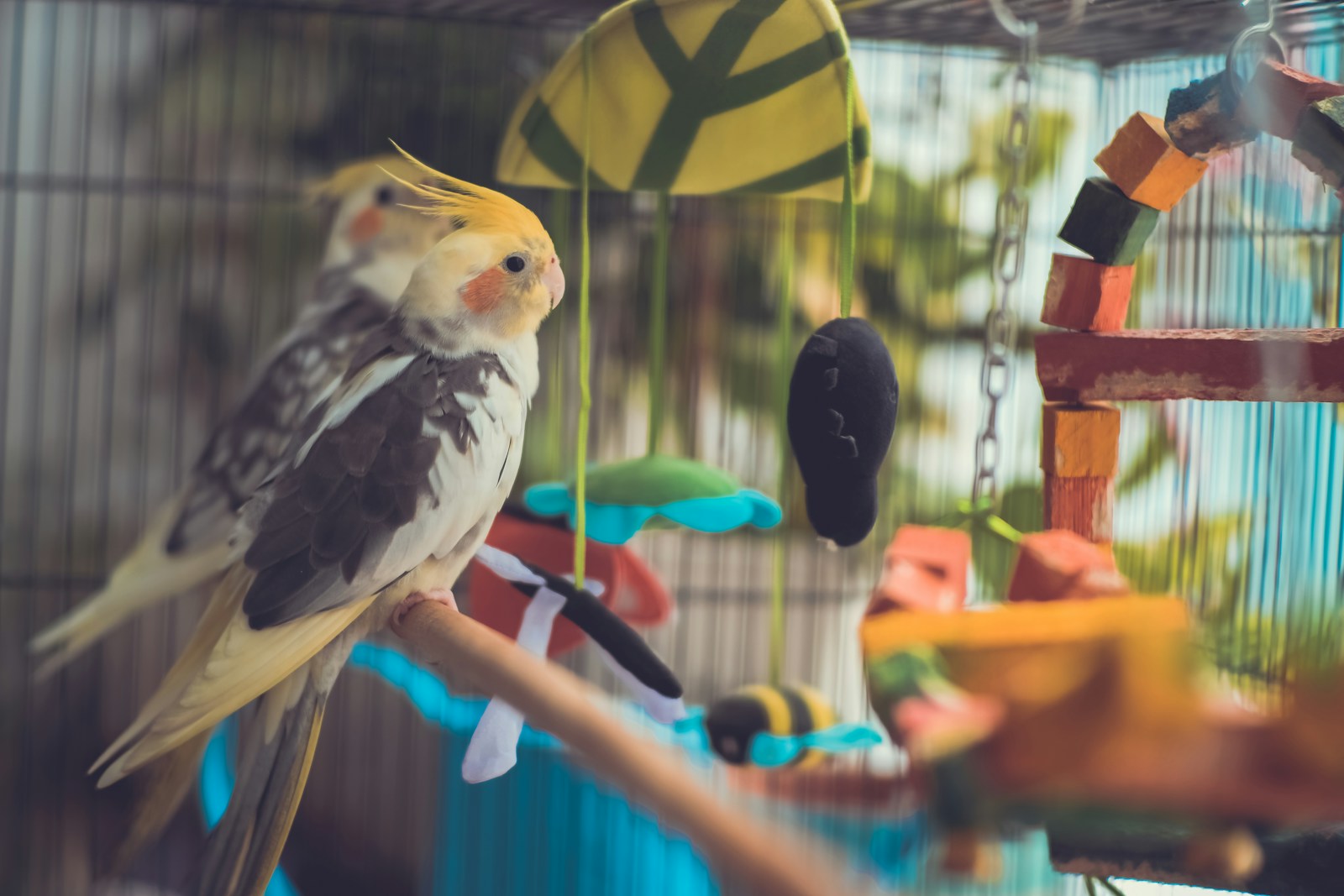
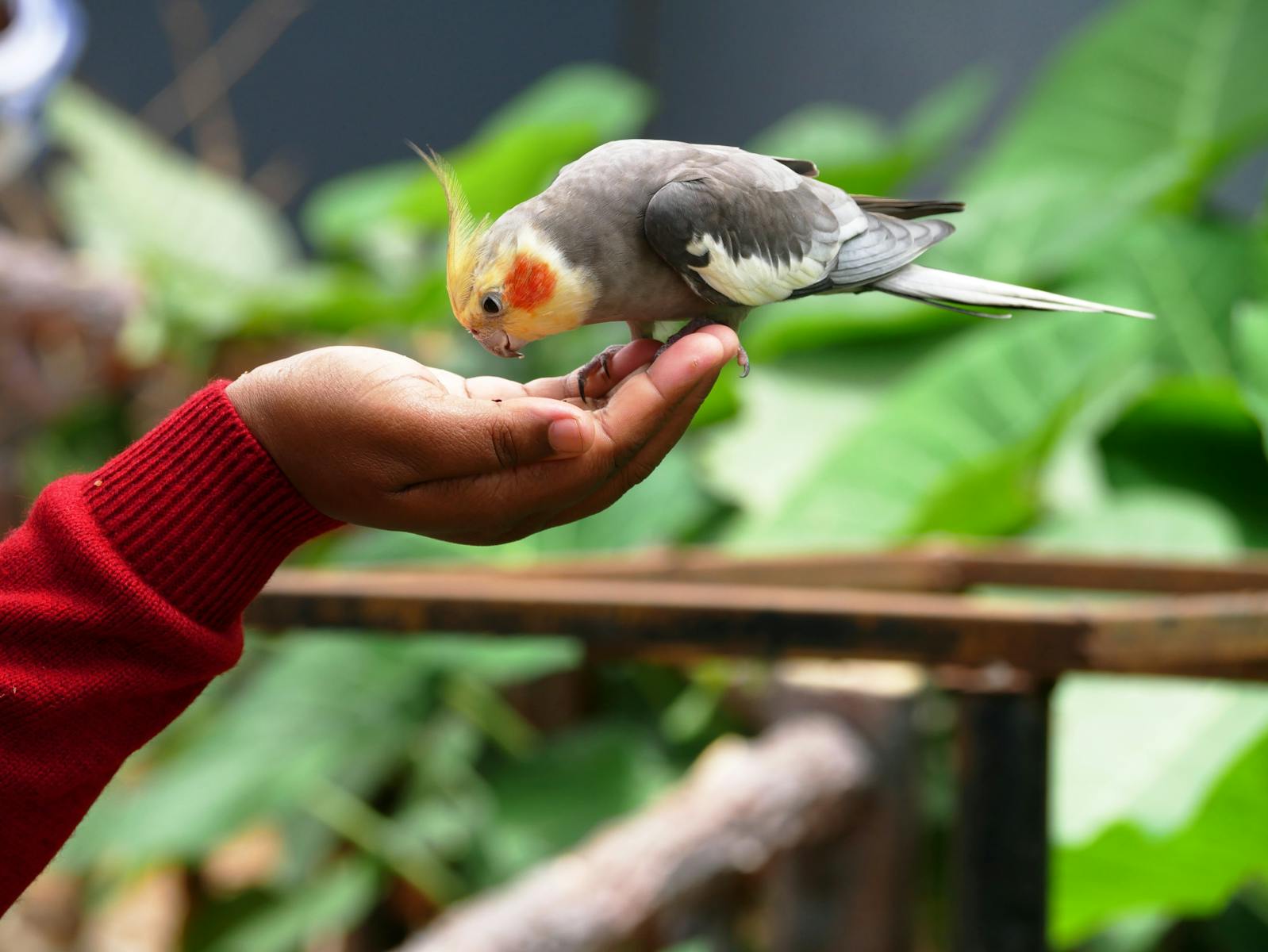
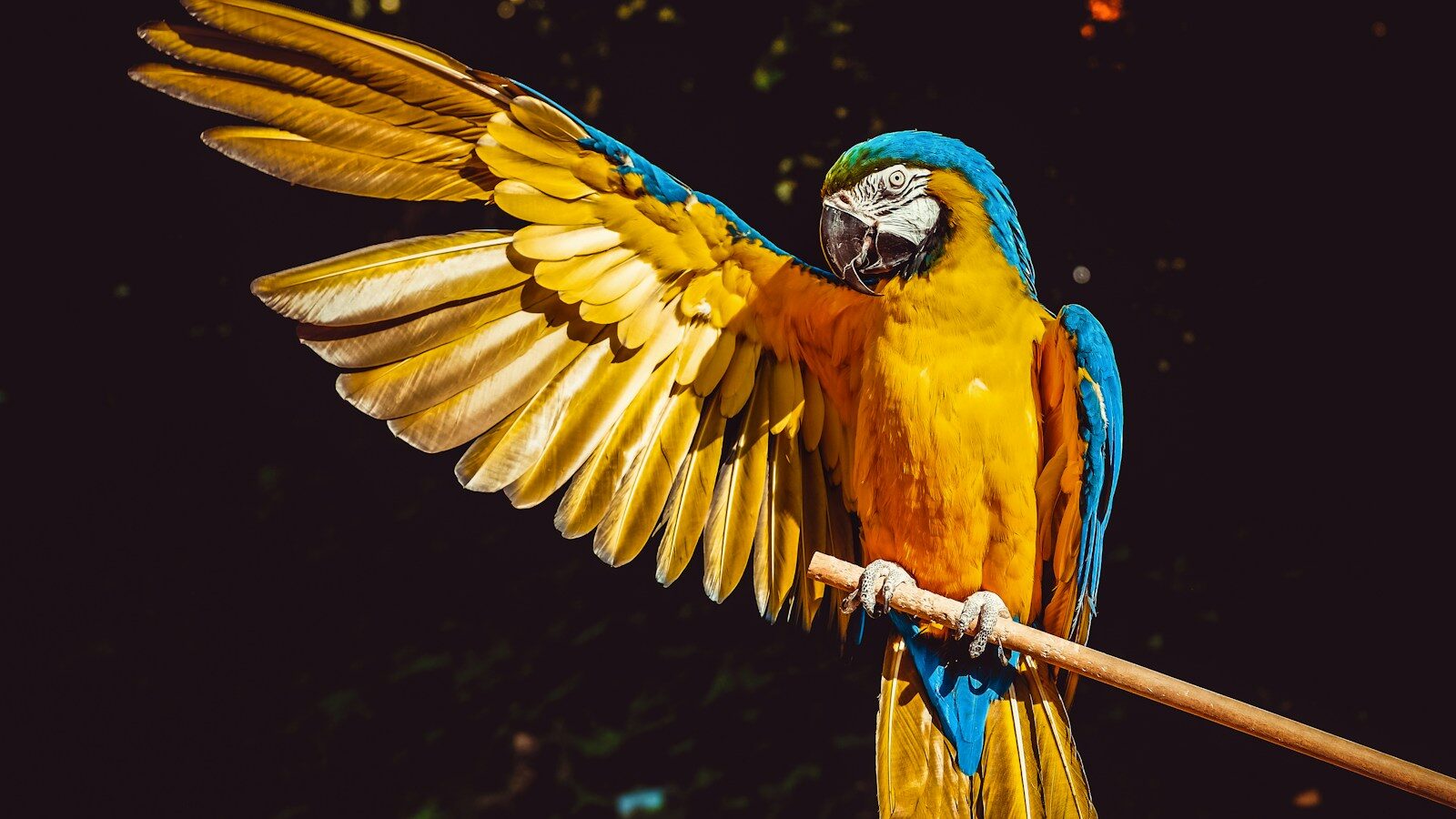

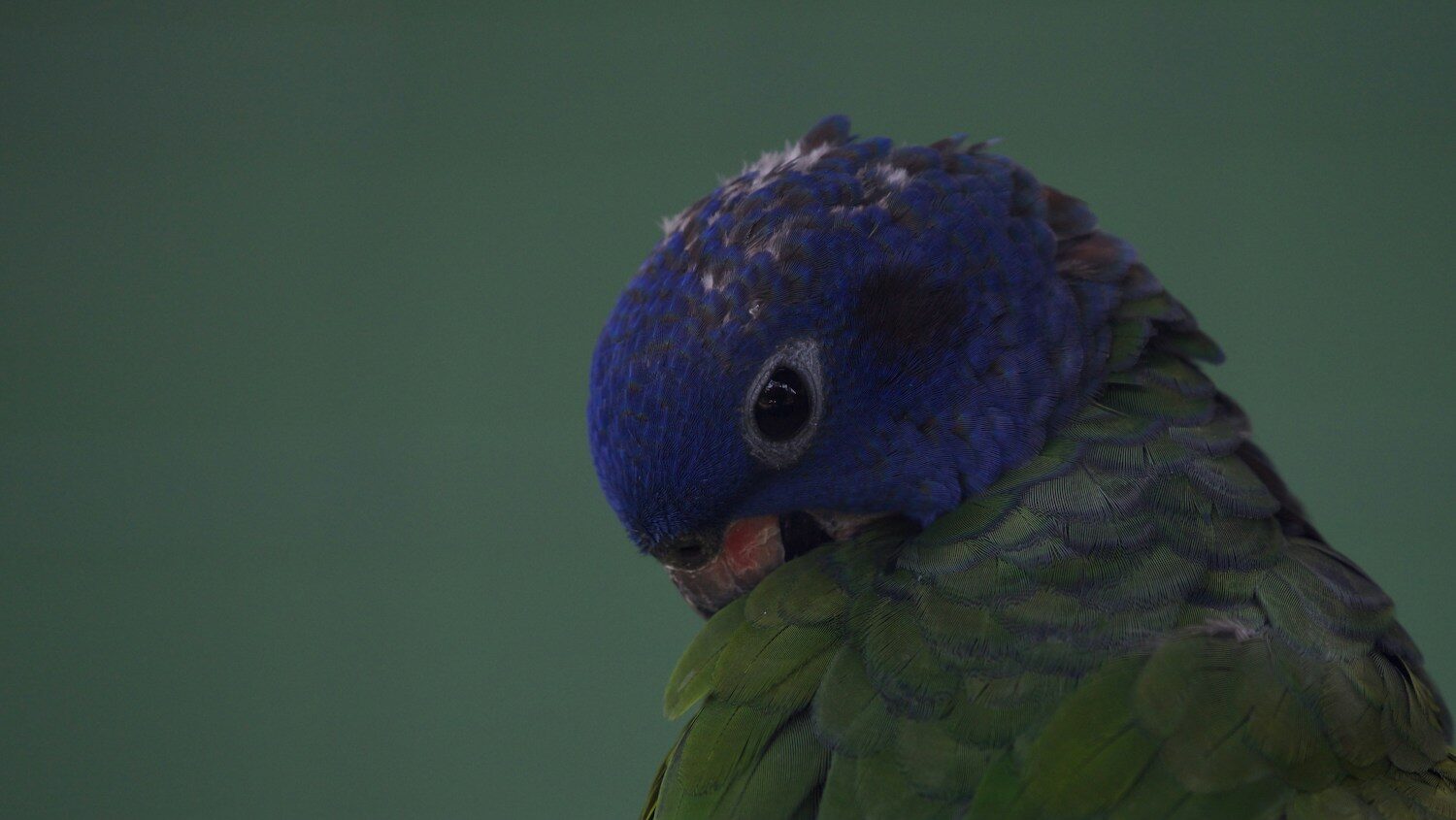

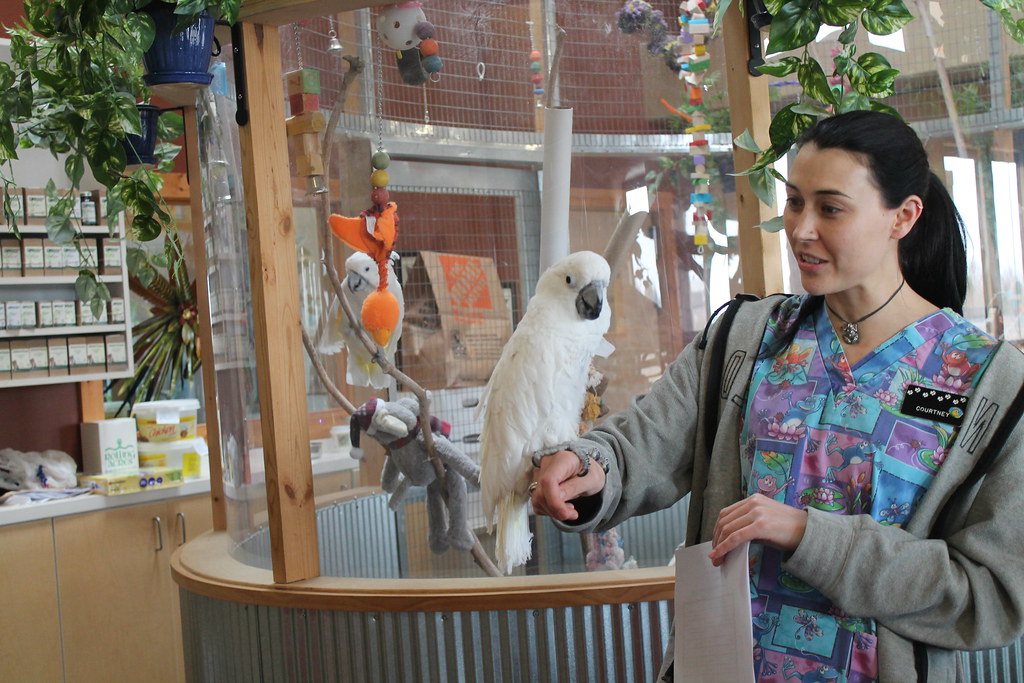




Leave a Reply